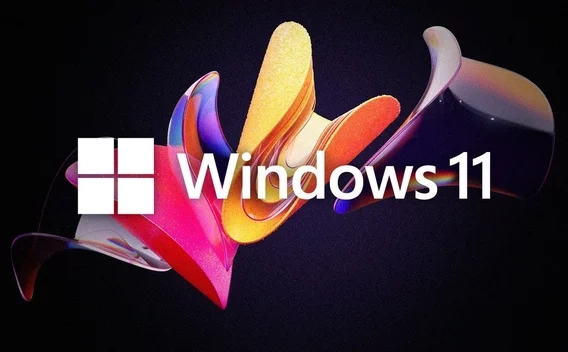
FAQs Windows 11 Upgrade
When does Windows 10 support end?
Windows 10, version 22H2 is the last feature update released for Windows 10 and will be serviced with monthly updates until October 14, 2025 after which it will no longer have official support.
More information: https://learn.microsoft.com/en-us/lifecycle/faq/windows#windows-10
What are my options if I want to continue using Windows 10?
Individuals or organisations who choose to continue using Windows 10 after support ends on October 14, 2025, will have the option of purchasing a paid Extended Security Updates (ESU) subscription. The ESU programme allows PCs to continue to receive critical and important security updates through an annual subscription service after support ends.
More information: Extended Security Updates (ESU) program for Windows 10 | Microsoft Learn
What are the minimum system requirements for Windows 11?
4 GB of RAM. (minimum 8GB recommended)
64 GB or larger storage device. (128GB minimum recommended)
UEFI, Secure Boot capable system firmware.
Trusted Platform Module (TPM) version 2.0.
A graphics card that is compatible with DirectX 12 or later, with a WDDM 2.0 driver.
A high-definition (720p) display that is greater than 9 inches diagonally, with 8 bits per colour channel.
How can I check if my device is compatible with Windows 11?
By using the PC Health Check app, which is available for download from here: https://www.microsoft.com/windows/windows-11#pchealthcheck
OR
Access the web-based version of the Health Check app: How to use the PC Health Check app - Microsoft Support
The app will scan your device and tell you if it meets the minimum system requirements, and if there are any issues that need to be resolved before you can upgrade.
What if my devices are not compatible?
Speak to your Logicalis Account Manager (current customer) or contact us (new customer) to assist with pricing for a suitable replacement.
Will Windows 11 support my existing apps?
Windows 11 is designed to be compatible with most of the apps and devices that work with Windows 10. However, some apps and devices may not work as expected or may require an update to work with Windows 11. You can check the compatibility of your devices using the PC Health Check app before you upgrade.
We recommend you contact your application vendors to confirm compatibility with Windows 11. For many apps, you can visit the websites of the app and device manufacturers to see if they have any updates or support information for Windows 11.
How much does it cost to upgrade to Windows 11?
If you have a valid Windows 10 license, you can upgrade to Windows 11 for free.
How do I upgrade my device to Windows 11?
You will need to have an internet connection and enough disk space to download and install the update via Windows upgrades. You can also purchase a new device that comes with Windows 11 pre-installed.
If you decide to do an in-place upgrade, we recommend you have at least 64GB of free space before you start the upgrade process.
What if my devices are managed by an Endpoint Management Solution?
Plan your deployment using existing endpoint management tools. Engage with your local IT team or Logicalis Account Manager if you need additional support.
Will I lose any data or settings when I upgrade to Windows 11?
As a best practice, we recommend making a backup of all your data before you upgrade.
No, you will not lose any data or settings when you upgrade to Windows 11 from Windows 10. Your personal files, apps, and settings will be preserved during the upgrade process.
However, some features and apps may not be available or work as expected in Windows 11, and some devices may not be compatible with Windows 11.
You can check the compatibility of your device and apps using the PC Health Check app before you upgrade. You can also back up your data and settings using OneDrive or an external storage device before upgrading.
Can I revert back to Windows 10 if I don't like Windows 11?
Yes, you can revert back to Windows 10 if you don't like Windows 11, but you have to do it within 10 days after you upgrade.
You can go to Settings > Update & Security > Recovery and select Go back to the previous version of Windows. You will need to have enough disk space and an internet connection to perform the rollback. You will also need to keep your Windows.old folder, which is created during the upgrade process and contains your previous Windows installation. If you delete or modify the Windows.old folder, you will not be able to go back to Windows 10.
How long will it take to install Windows 11 on my device?
The time it takes to install Windows 11 on your device depends on several factors, such as your device's hardware, internet speed, and disk space. Generally, it can take anywhere from 15 minutes to over an hour to complete the installation.
You can check the progress of the installation on your screen, and you may need to restart your device several times during the process. You can also use your device while the installation is running in the background, but some features and apps may not work as expected until the installation is finished.
How can I get help and support for Windows 11?
If you have a support contract with Logicalis or are a new customer, contact us for support.
How can I get assistance with optimising my devices?
Speak to us about cloud management tools and security for endpoints.
